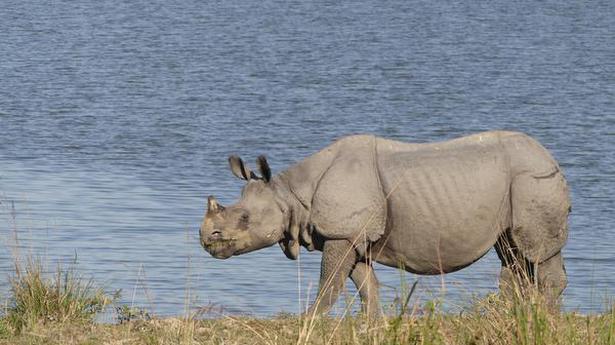MoreBack to News Headlines
Rewilding India
The Hindu
India’s solutions starkly differ from interventions in the West, as seen in success stories at Bisalpur, Assam, and the reserves at Dudhwa and Sariska
Earlier this week, videos of blackbucks frolicking in the grasslands of Bisalpur, a village in Jodhpur, Rajasthan, were shared on the Instagram page of the Bisalpur Rewilding Project. Helmed by royal Shweta Rathore, the project (that commenced in 2018) has brought back over 150 of the endangered Indian antelope, apart from several other species of fauna and flora. This is a successful example of rewilding — a term linked with ecological restoration that has the ‘potential to increase biodiversity, and create self-sustainable environments’. “Rajasthan holds huge possibilities for rewilding,” says Rathore, explaining that the grasslands are often mistaken for wastelands in the state. Today, Bisalpur is teeming with over 100 species of birds, including the black drongo and blue-cheeked bee eater, and Rathore’s team has successfully worked on vulture conservation in the area. Rewilding has been practised for decades across the globe. Take, for instance, the reintroduction of wolves at Yellowstone over 21 years ago, which helped successfully reverse the degraded ecosystem at the US national park. But while restoring barren or damaged landscapes is welcome — closer home, examples include the pygmy hog returning to Assam, and conserving Indian rhinos at Dudhwa Tiger Reserve — rewilding needs to be done in a pragmatic manner. So what could be a better time to bring up this discussion than on World Environment Day 2021, aptly themed on ecosystem restoration.More Related News





















 Run 3 Space | Play Space Running Game
Run 3 Space | Play Space Running Game Traffic Jam 3D | Online Racing Game
Traffic Jam 3D | Online Racing Game Duck Hunt | Play Old Classic Game
Duck Hunt | Play Old Classic Game











